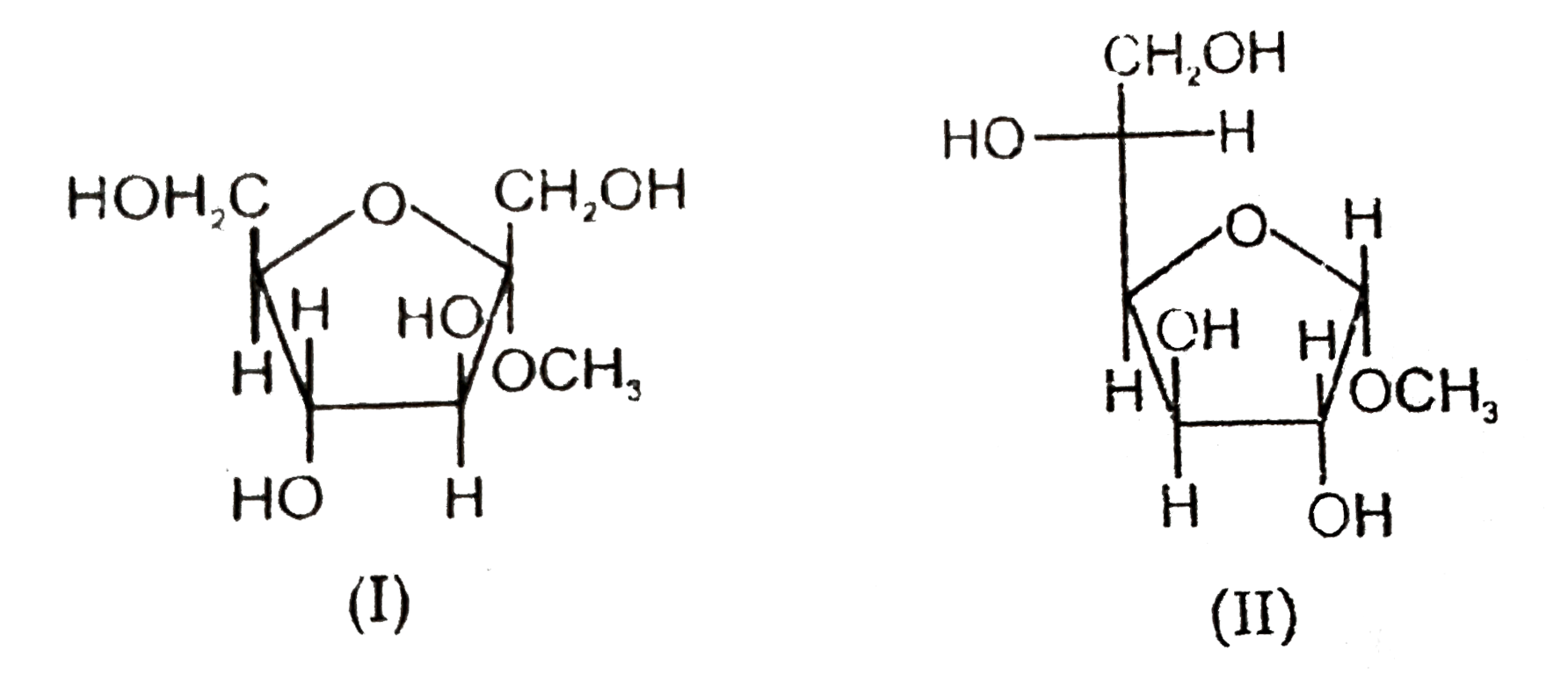Statement-1: BCl3 and CCl4 do not undergo hydrolysis.
Statement-2: Both B and carbon do not have empty d-orbitals.
Statement-1 is true, statement-2 is true, statement-2 is a correct explanation for statement-1
Statement-1 is true, statement-2 is true, statement-2 is not correct explanation for statement-1
Statement-1 is true, statement-2 is false
Statement-1 is false, statement-2 is true
The correct Answer is:D
Step by step video, text & image solution for Statement-1: BCl_(3) and C Cl_(4) do not undergo hydrolysis. Statement-2: Both B and carbon do not have empty d-orbitals. by Chemistry experts to help you in doubts & scoring excellent marks in Class 12 exams.
Topper's Solved these Questions
- BOOK - AAKASH INSTITUTECHAPTER - THE P-BLOCK ELEMENTSEXERCISE - Assignment Section-F)4videos
THE P-BLOCK ELEMENTS
- BOOK - AAKASH INSTITUTECHAPTER - THE P-BLOCK ELEMENTSEXERCISE - Assignment Section-G)9videos
THE P-BLOCK ELEMENTS
- BOOK - AAKASH INSTITUTECHAPTER - THE P-BLOCK ELEMENTSEXERCISE - Assignment Section-D)14videos
THE P-BLOCK ELEMENTS
- BOOK - AAKASH INSTITUTECHAPTER - THE D AND F-BLOCK ELEMENTS EXERCISE - Assingment ( Section-J Aakash Challengers Questions )10videos
THE D AND F-BLOCK ELEMENTS
- BOOK - AAKASH INSTITUTECHAPTER - THE S-BLOCK ELEMENTSEXERCISE - Assignment (Section-J)10videos
THE S-BLOCK ELEMENTS
Similar Questions
Statement-I : 2p orbitals do not have spherical nodes.
Because
Statement-II : The number of spherical nodes in p-orbitals is given by (n−2)View SolutionStatement-1: K3[VF6] and KMnO4 are coloured compounds.
Statement-2: The colour of the compound is attributed to d-d transition in both the compounds.View Solution
Knowledge Check
- Question 1 - Select One
Statement 1: Helium and neon do not form clathrates.
Statement 2: Both have smallest atomic size among all the elements of group 18.AStatement-1 is true, statement-2 is true and statement -2 is correct explanation for statement-1BStatement -1 is true, statement -2 is true and statement-2 is NOT the correct explanation for statement -1CStatement -1 is true- statement-2 is false.DStatement- 1 is false, statement -2 is true. - Question 2 - Select One
Statement-1 : δ-bonds are formed by four lobes interaction of d-orbitals.
Statement-2 : d2Z orbital does not have nodal plane.AStatement-1 is true , Statement-2 is true and Statement-2 is correct explanation for Statement-1BStatement-1 is true, Statement-2 is true and Statement-2 NOT the correct explanation for Statement-1CStatement-1 is true , Statement-2 is falseDStatement-1 is false, statement-2 is true. - Question 3 - Select One
Statement-1: In ethene both the carbon atoms are secondary.
Statement-2: Both the carbon atoms are bonded with double bond.ABoth Statements are correct but Statement 2 is not the correct explanation of Statement 1BBoth Statements are correct and Statement 2 is the correct explanation of Statement 1CStatement 1 is correct but Statement 2 is incorrectDStatement 2 is correct but Statement 1 is incorrect
Statement-1: K3[VF6] and KMnO4 are coloured compounds.
Statement-2: The colour of the compound is attributed to d-d transition in both the compounds.View SolutionBe forms [BeF4]2−, but Al forms [AiF6]3−.
Reason (R ): Be does not have d-orbitals in the valence shell but Al has.View SolutionStatement-1: [Cr(H2O)6]Cl2 and [Fe(H2O)6]Cl2 are reducing in nature.
Statement-2: Unpaired electrons are present in their d-orbitals.View SolutionStatement-I : 2p orbitals do not have spherical nodes.
Because
Statement-II : The number of spherical nodes in p-orbitals is given by (n−2)View SolutionStatement-1 : Methyl α−D-fructofuranoside (I) undergoes acid catalysed hydrolysis at faster rate than that of methyl α−D-glucofuranoside (II)
(I)
Statement-2 : The intermediate in glycoside hydrolysis is carbocation which 3∘ in case of I and 2∘ in case of (II).View Solution
